According to statistics from the Vietnam Commodity Exchange (MXV), Arabica prices had a volatile trading session, closing down slightly by 0.03% compared to the reference price. The contrast between positive signals from inventories on the ICE-US Exchange and the selling demand of Brazilian farmers created a tug-of-war between buying and selling forces.
The ICE-US Arabica inventory received 19,820 bags pending grading from Brazil, which raised expectations that inventories will recover soon and help ensure coffee supply in the market.
Meanwhile, the domestic Brazilian Real strengthened, causing the USD/Brazil Real exchange rate to fall by 0.64% yesterday. The falling exchange rate has prompted Brazilian farmers to limit coffee sales as they earn less local currency.
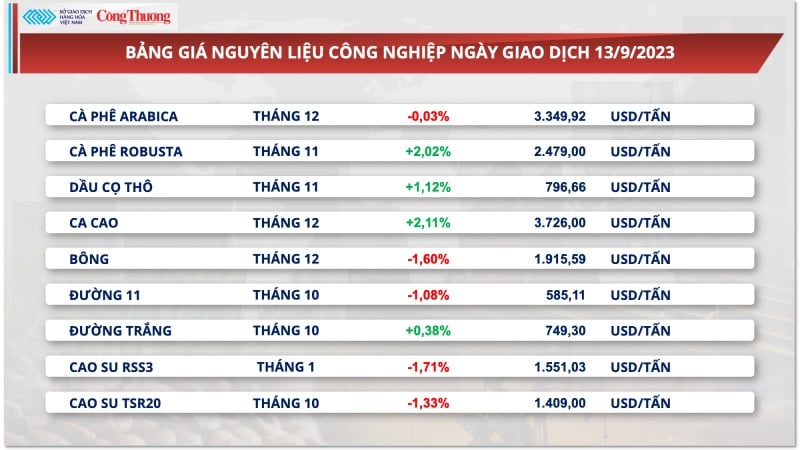 |
| Robusta coffee prices continue to rise |
On the other hand, Robusta prices increased by more than 2% yesterday. Robusta exports in Brazil showed signs of slowing down while supply remained scarce in Vietnam, supporting the price increase.
According to CECAFE, Brazil exported nearly 143,470 bags of Robusta beans in the first 11 days of August, down from about 150,000 in the same period last month. Meanwhile, Vietnam's coffee exports in August were still down more than 25% compared to the same period last year.
Following the global price trend, this morning in the domestic market, the price of green coffee beans in the Central Highlands and the Southern provinces simultaneously recorded strong increases of 600 - 800 VND/kg. Accordingly, the domestic coffee purchase price increased to 65,500 - 66,500 VND/kg, the highest in the past week.
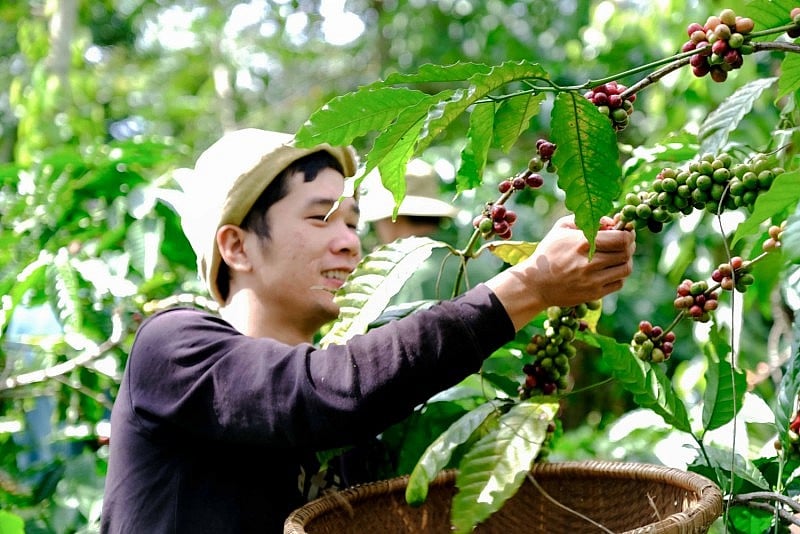 |
| Coffee export prices rise to record levels |
Regarding exports, according to data released by the General Department of Customs, Vietnam's coffee exports in August fell to their lowest level since November last year with a volume of 84,647 tons, worth 258.5 million USD, down 22.3% in volume and 16% in value compared to the previous month.
In the first 8 months of the year, coffee exports reached 1.2 million tons, worth nearly 3 billion USD, down 5.4% in volume but up 3.1% in value compared to the same period last year thanks to high selling prices.
Thus, the total coffee export volume in the first 11 months of the 2022-2023 crop year (from October 2022 to August 2023) reached more than 1.6 million tons, a slight decrease of 2% compared to the same period last crop year.
With output in the current crop year forecast at only around 1.5 - 1.6 million tonnes, down 10 - 15% compared to the 2021-2022 crop year, the coffee supply for export has almost run out and is only expected to improve from November when the supply from the new 2023-2024 harvest enters the market.
However, low inventories pushed coffee export prices in August to a new record of $3,054 per ton, up 8% from the previous month and up 30% (nearly $700 per ton) from the same period last year.
In the first 8 months of the year, the average export price of coffee increased by nearly 9% to 2,463 USD/ton.
According to the Import-Export Department (Ministry of Industry and Trade), favorable weather in Brazil and the amount of new crops ready to be sold on the market have negatively impacted world coffee prices, despite a global forecast of a shortage of 7.3 million bags of coffee of all kinds in the 2023-2024 crop year and reports of inventories at the two exchanges falling to multi-year lows.
In addition, the rising value of the US dollar has caused funds and speculators to liquidate their capital and transfer it to derivatives markets and the US stock market due to more attractive profits. Meanwhile, exchange rate fluctuations have also caused Brazilian coffee growers to increase their sales.
However, the decline is expected to be short-term as low robusta coffee inventories will have a positive impact on prices in the global coffee market.
In the first months of this year, the structure of exported coffee types also had positive changes with a strong increase in processed coffee.
Figures from the Import-Export Department show that processed coffee export turnover increased by nearly 22% in the first 7 months of this year to 448.7 million USD, accounting for 17% of the country's total coffee export turnover, up from 15% in the same period last year.
In contrast, the share of green coffee (including robusta and arabica) decreased to 83.3% compared to 85% in the same period. This was mainly due to a 34.6% decrease in arabica coffee exports, while robusta increased by 3.9%.
To achieve the export turnover target of 5 - 6 billion USD by 2030, the coffee industry's strategy is to promote processed coffee products (roasted coffee, instant coffee, etc.) rather than focusing on the quantity of green coffee beans because past lessons show that if the area is further increased, the "nightmare" of oversupply and falling prices will return.
Source link








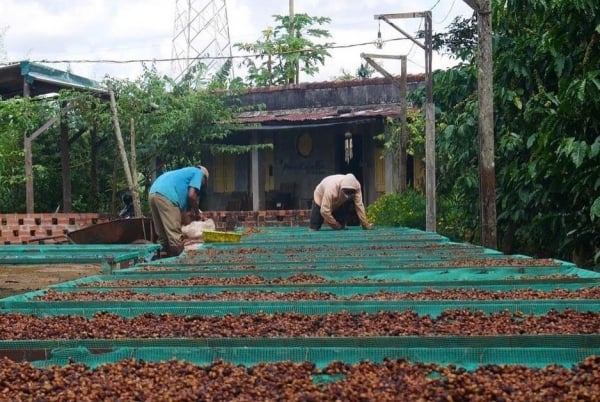
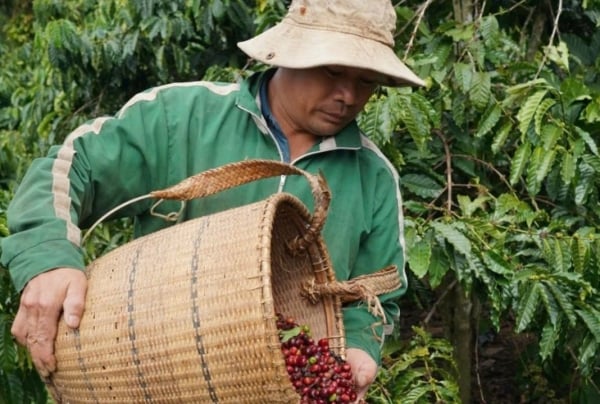
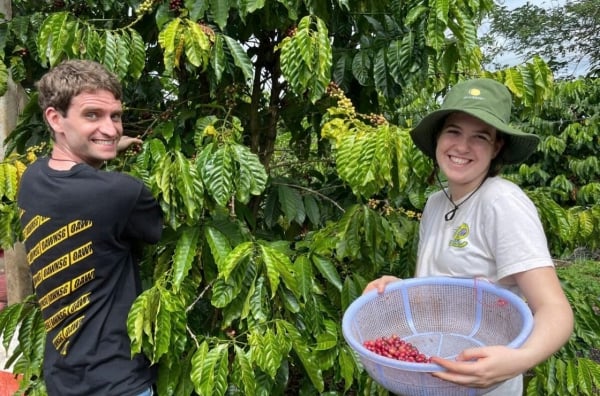
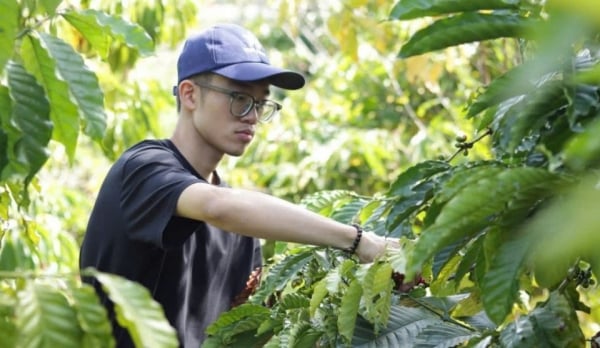
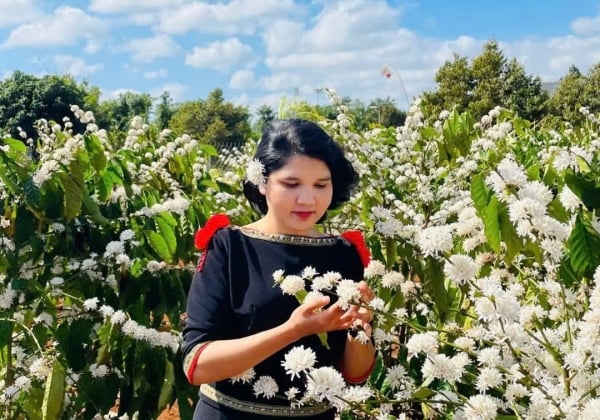
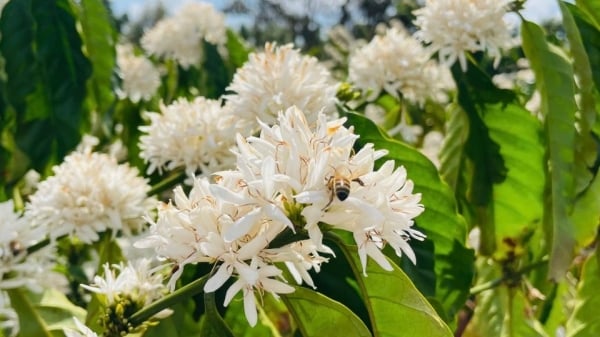
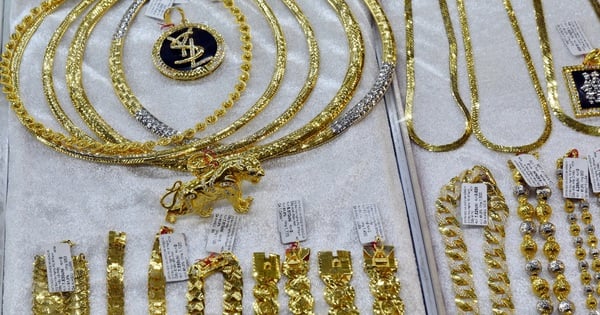

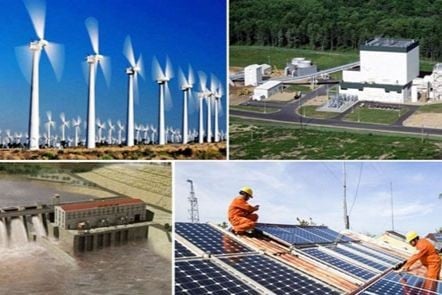

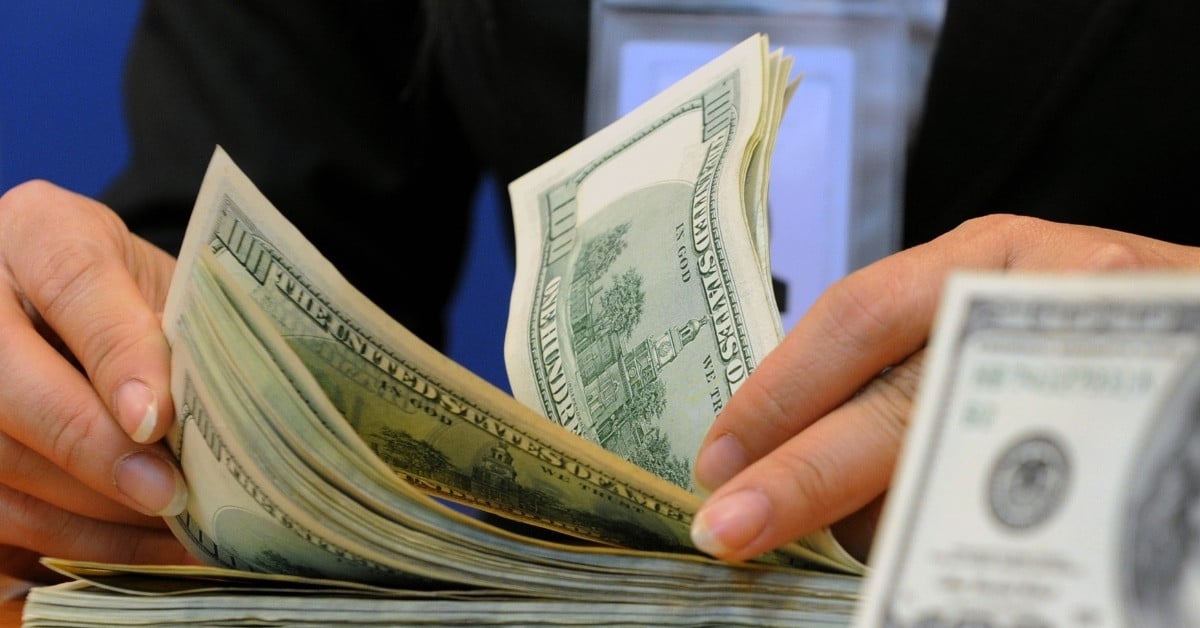





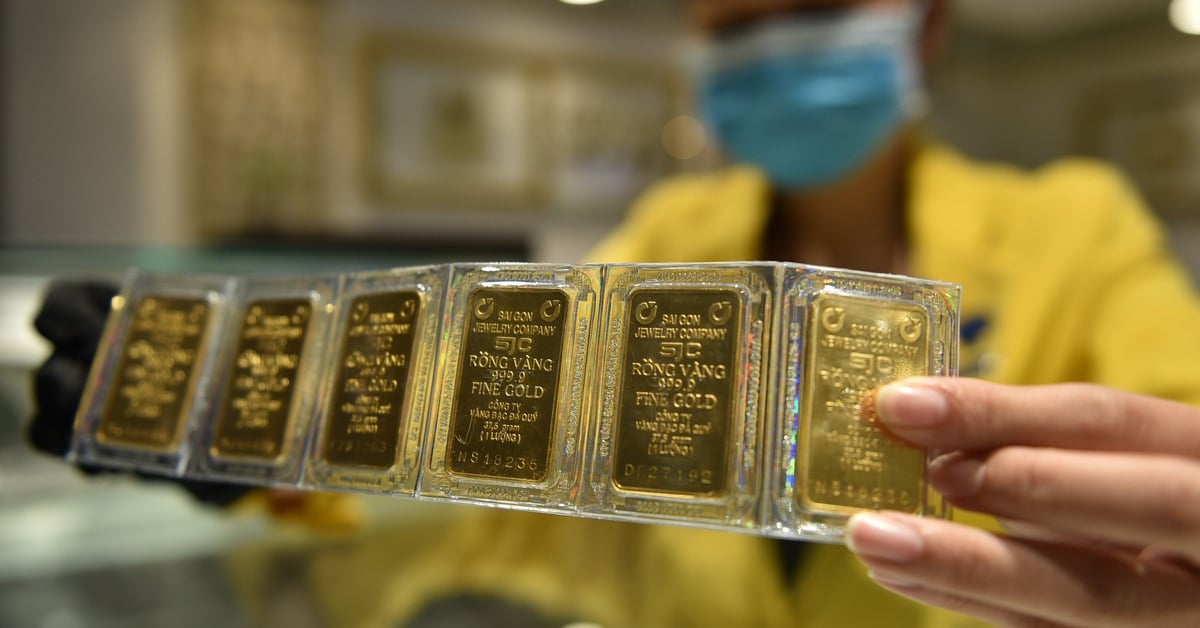

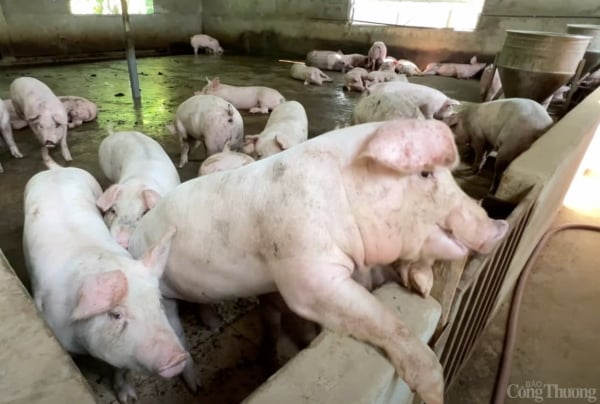
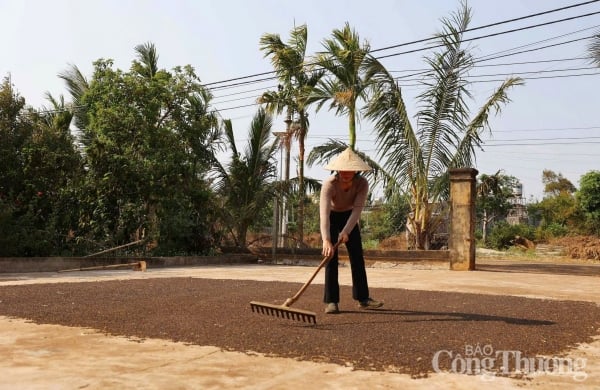
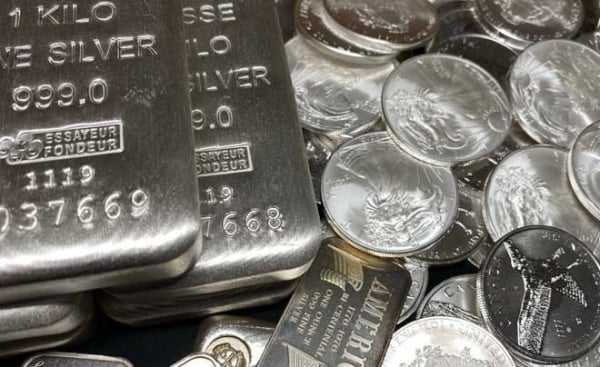









![[Photo] Prime Minister Pham Minh Chinh chairs Government Conference with localities on economic growth](https://vstatic.vietnam.vn/vietnam/resource/IMAGE/2025/2/21/f34583484f2643a2a2b72168a0d64baa)








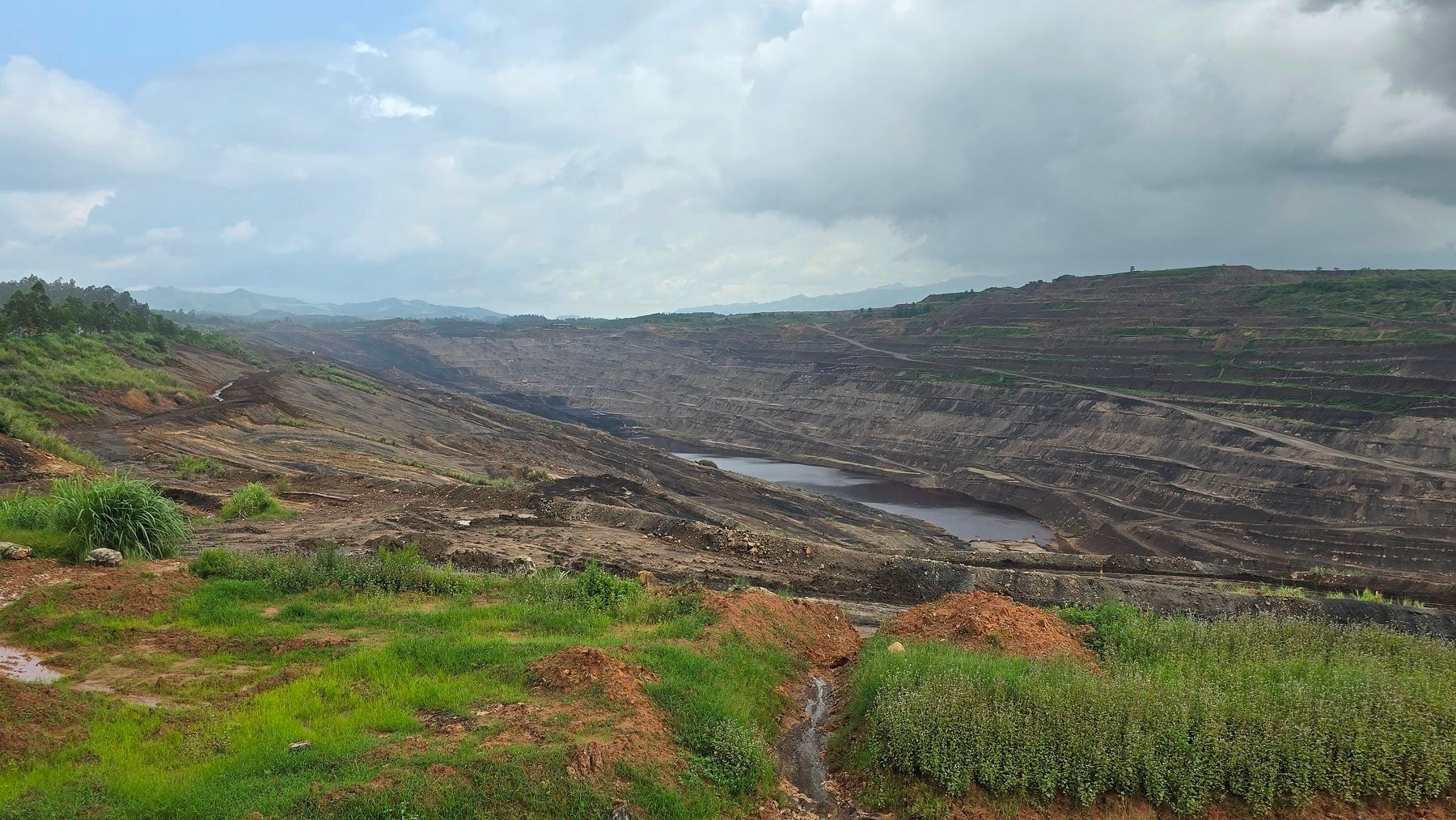





















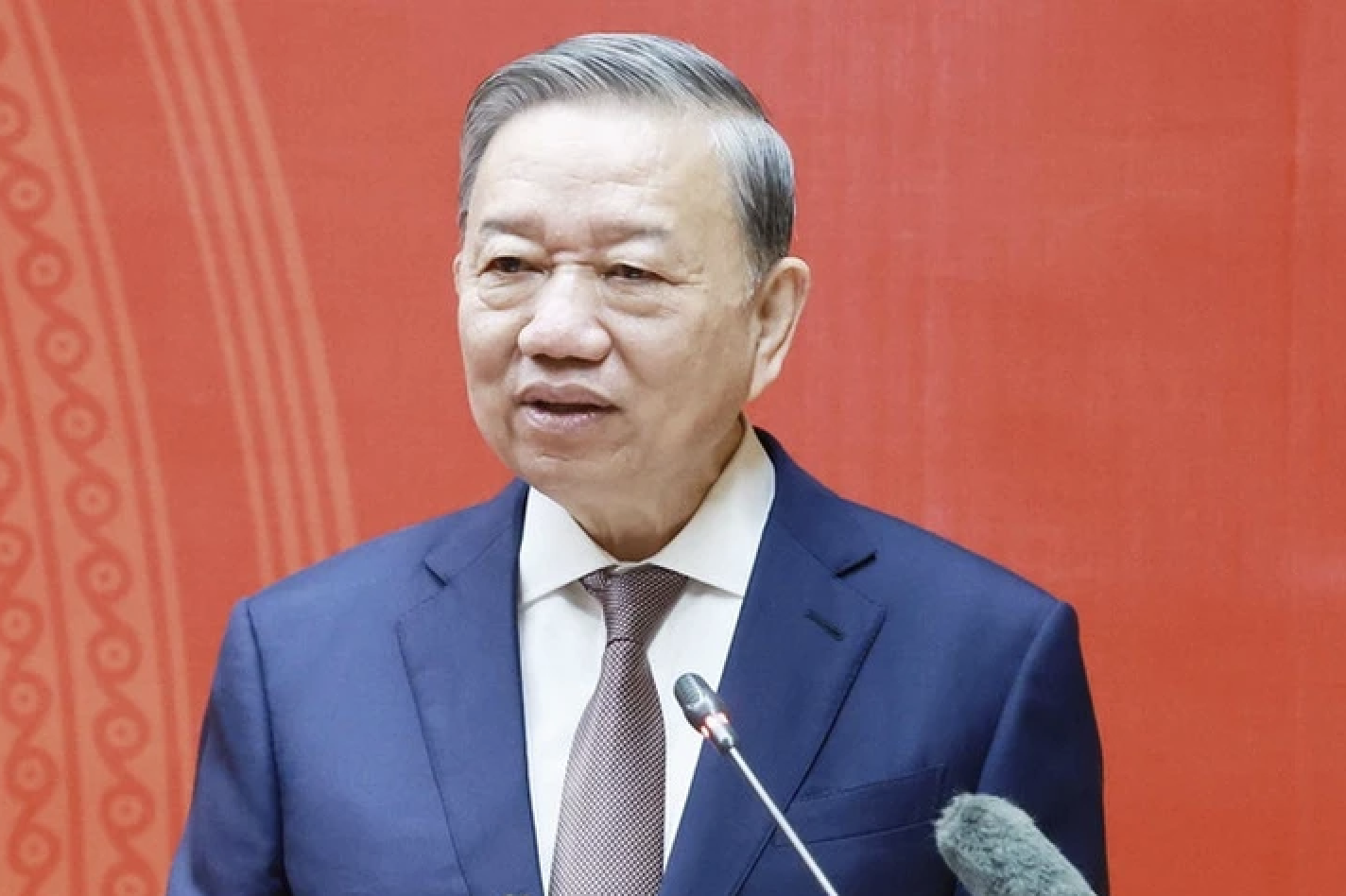
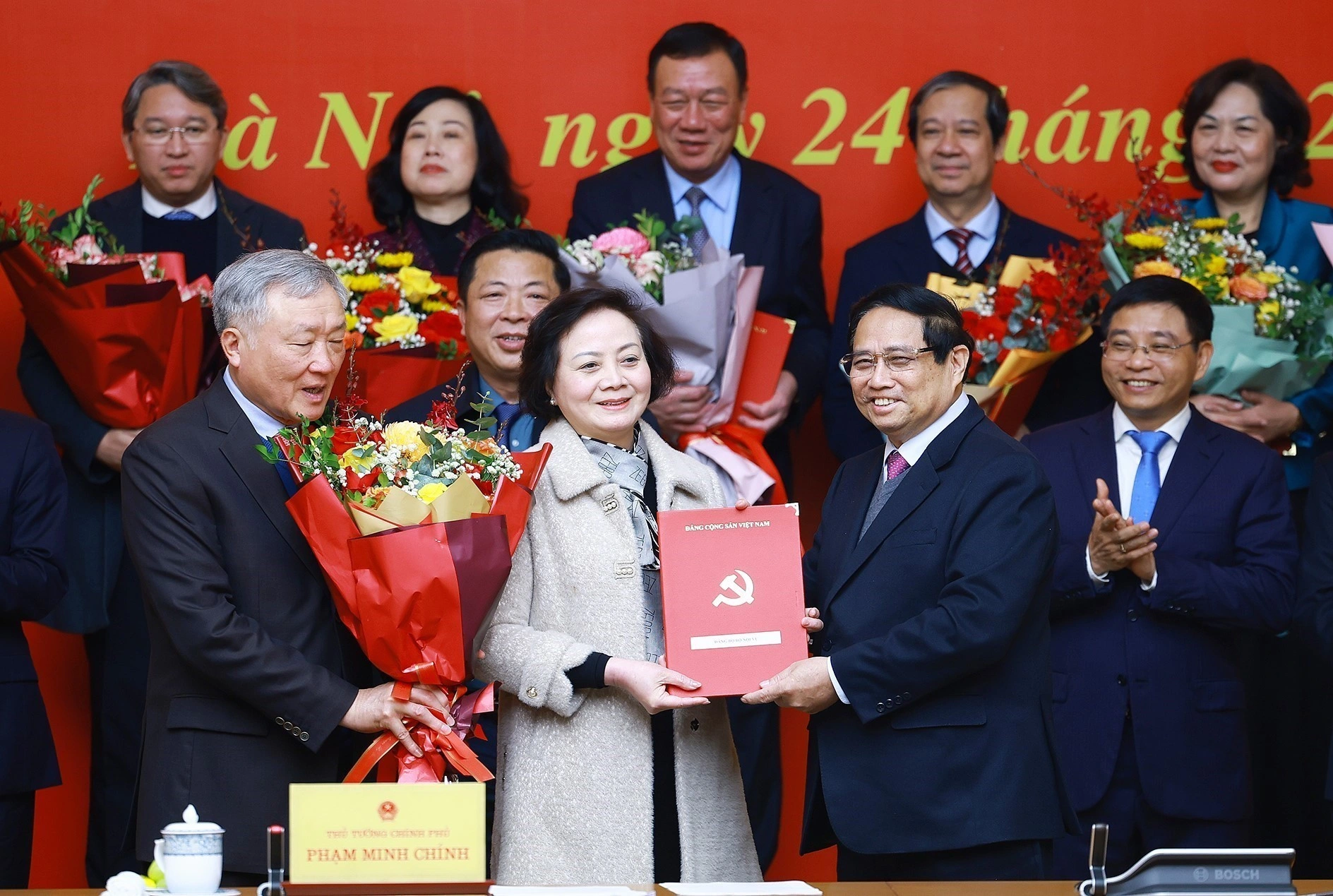


























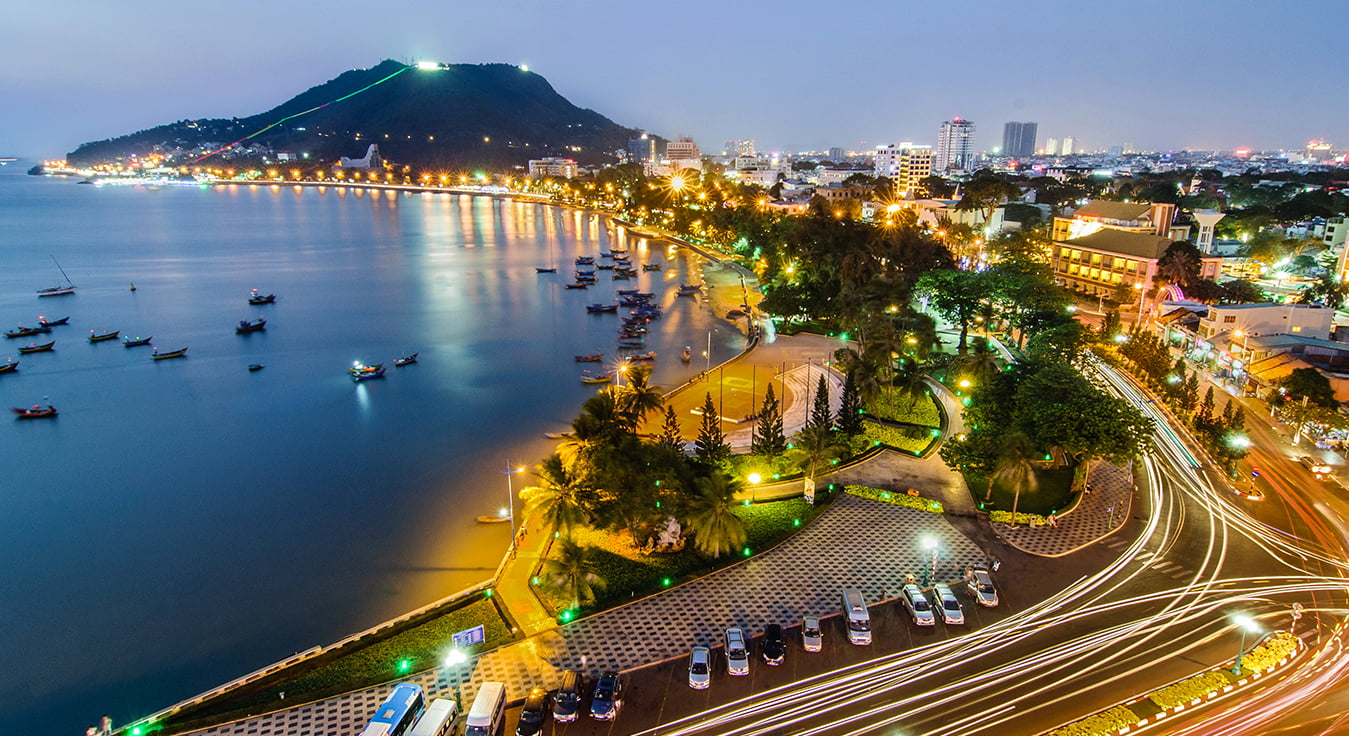
Comment (0)